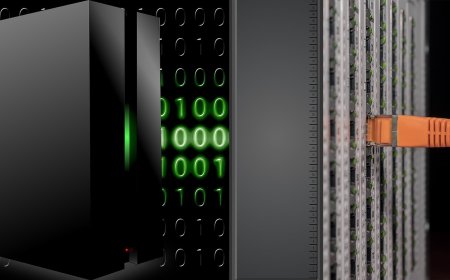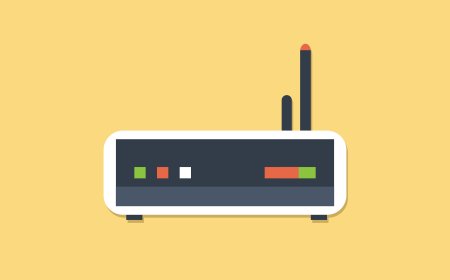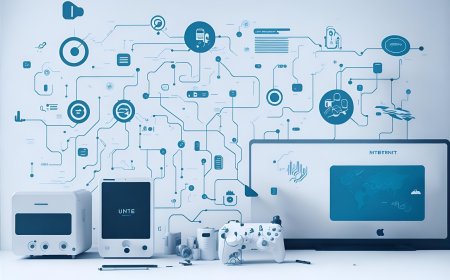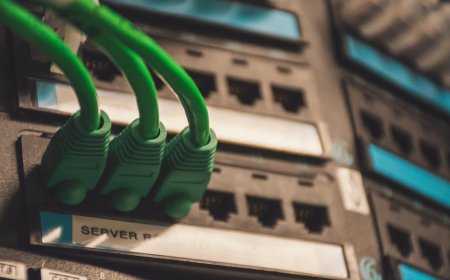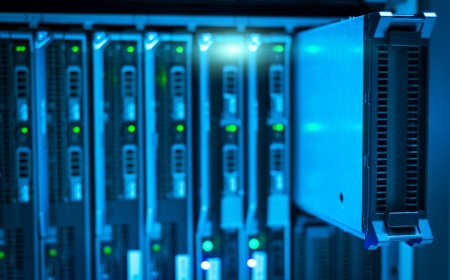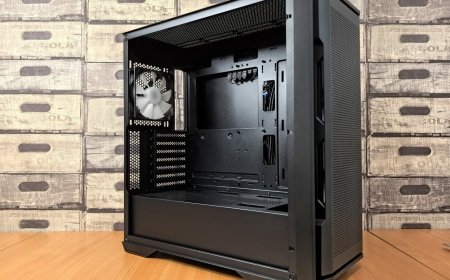RAM Slots and Expansion Ports Explained
Whether you're building your first PC or upgrading your laptop, understanding RAM slots and expansion ports is crucial. These components are the key to unlocking more power, speed, and functionality in your device.

-
What Are RAM Slots?
A RAM slot (Random Access Memory slot) is a connector on a computer's motherboard where RAM modules are installed. It allows the system to access temporary memory used for running programs and processing data. Most modern motherboards have 2 to 4 RAM slots, supporting dual-channel or quad-channel memory configurations for faster performance.RAM slots, also known as DIMM (Dual In-Line Memory Module) slots, are the connectors on your computer’s motherboard where RAM (Random Access Memory) modules are installed.
-
Key Functions of RAM Slots:
-
Hold your RAM sticks: The more slots, the more memory you can install.
-
Determine upgrade limits: Your motherboard and CPU decide how much RAM your system can handle.
-
Enable dual-channel or quad-channel memory setups: Proper installation boosts memory performance.
-
-
How Many RAM Slots Do You Need?
Most motherboards have 2 to 4 RAM slots, but high-end gaming and workstation boards can have 8 or more.
-
2 Slots: Budget or compact builds
-
4 Slots: Standard for most desktops
-
8+ Slots: High-performance workstations or servers
Pro Tip: If you’re upgrading, check your motherboard model to see supported RAM types and capacities.
-
-
What Are Expansion Ports?
Expansion ports, sometimes called expansion slots, are used to add new features or capabilities to your computer. They're found on the motherboard, and they allow you to connect components like:
-
Graphics cards (GPUs)
-
Sound cards
-
Network interface cards (NICs)
-
SSDs (via M.2 or PCIe)
-
Capture cards and more
-
-
Common Types of Expansion Ports:
Common types of expansion ports in a computer include USB, HDMI, DisplayPort, Ethernet, VGA, and audio jacks. These ports allow users to connect external devices like keyboards, monitors, speakers, and networks. Expansion ports enhance a computer’s functionality by supporting data transfer, video output, internet connectivity, and more.
Expansion Port Use Case PCI Express (PCIe) Most common, used for GPUs, NVMe SSDs, Wi-Fi cards M.2 Slot For NVMe SSDs and wireless modules PCI Older standard, rarely used in modern PCs AGP Outdated, used in old graphics cards -
Tips for Upgrading RAM and Using Expansion Ports
-
Check compatibility: Match your RAM speed, type (DDR4, DDR5), and capacity with motherboard specs.
-
Install RAM in the right configuration: Use slot pairs for dual or quad-channel performance.
-
Know your power supply: Expansion cards like GPUs require additional power.
-
Update BIOS: After upgrades, updating BIOS can help your system recognize new hardware.
-
What's Your Reaction?
 Like
0
Like
0
 Dislike
0
Dislike
0
 Love
0
Love
0
 Funny
0
Funny
0
 Angry
0
Angry
0
 Sad
0
Sad
0
 Wow
0
Wow
0


